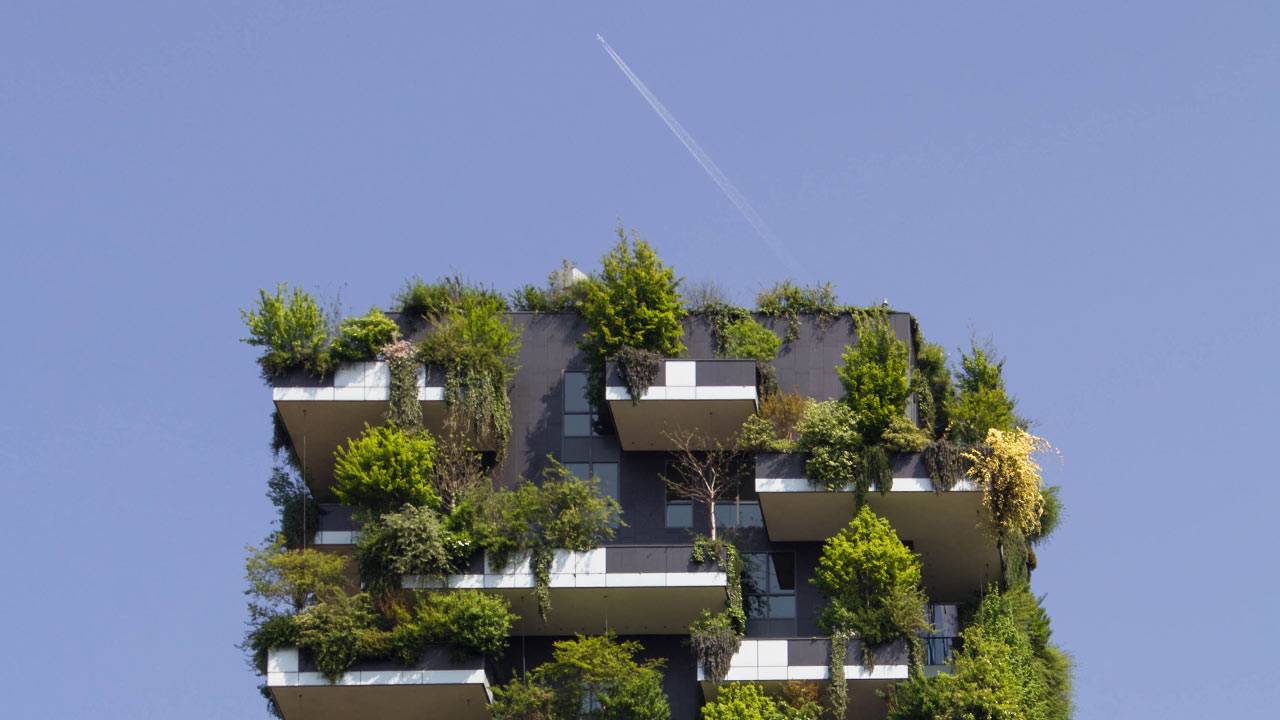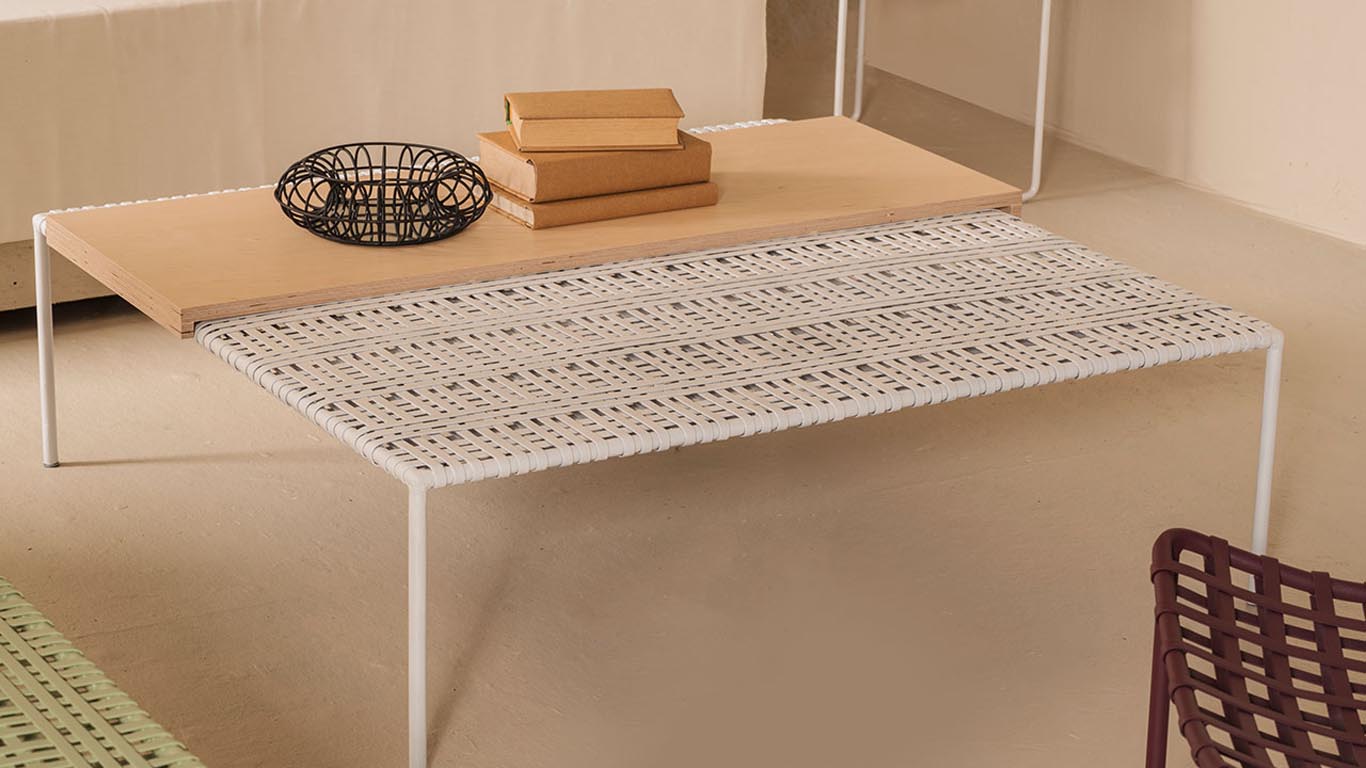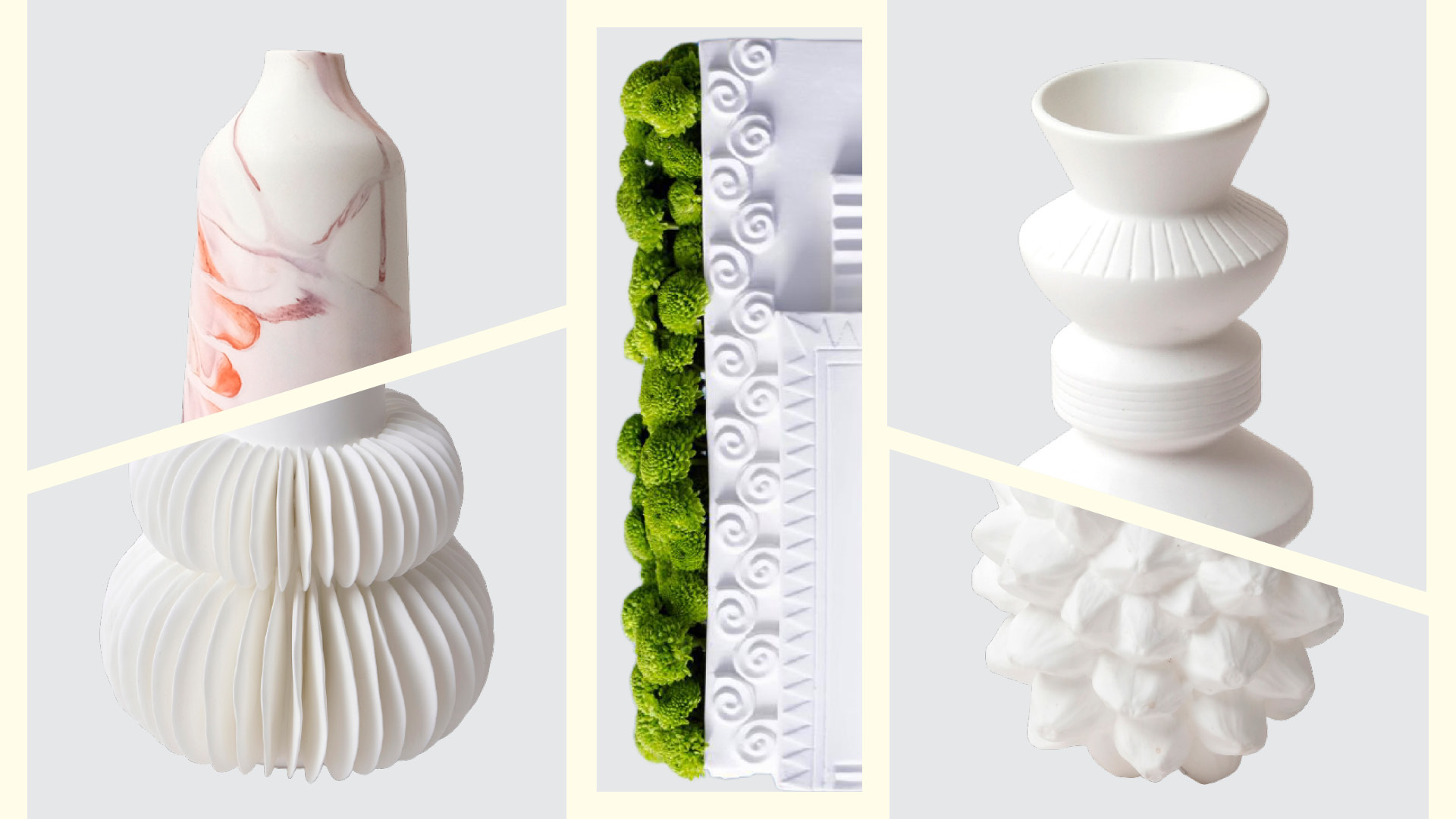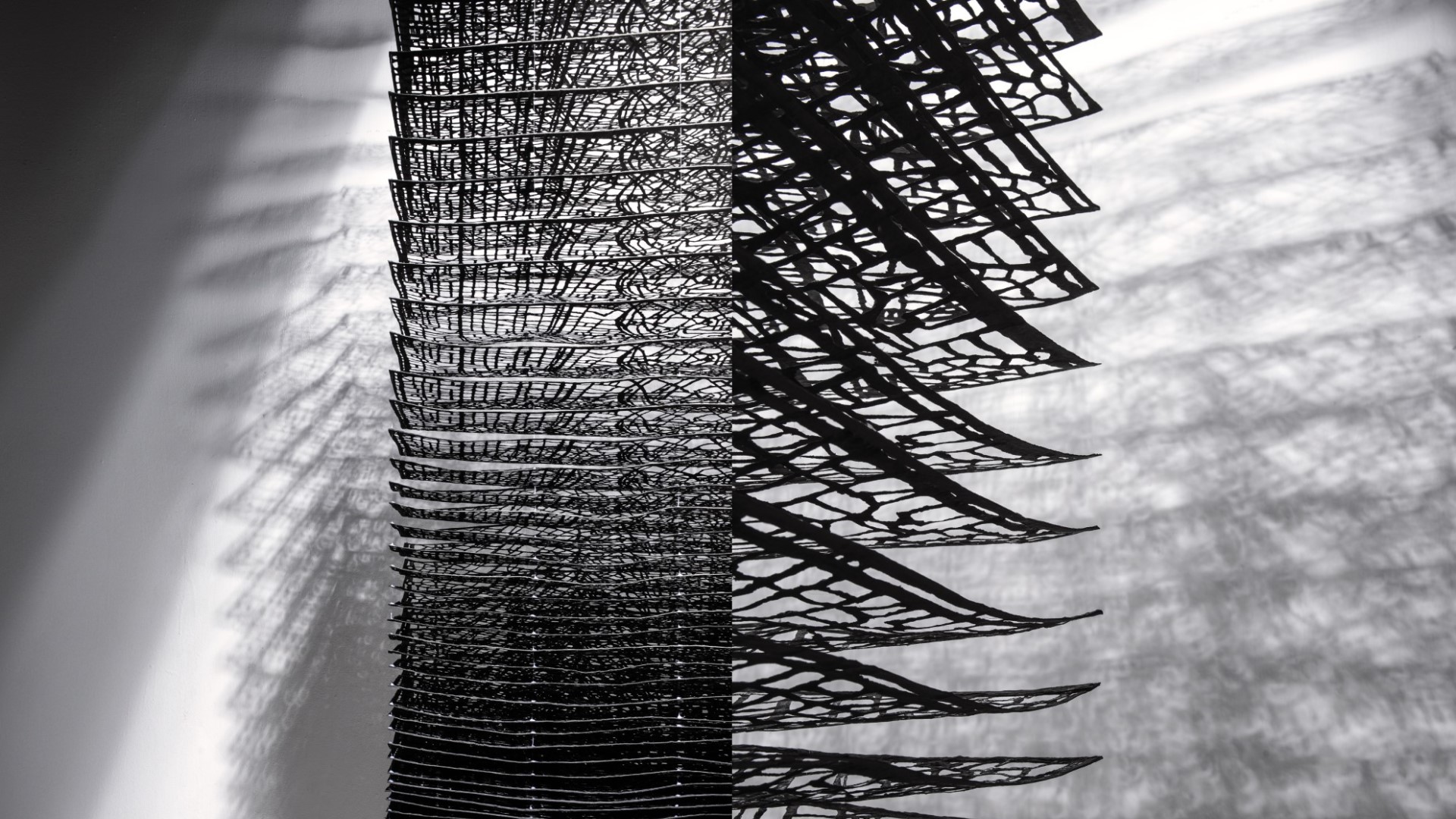
Sustainable design: 5 terms you need to know
Acquainting yourself with sustainable design means learning the terms and jargon
by Bea Llagas
In the wake of climate change and other environmental crises, designers, architects, and engineers are going back to design concepts that have been with us for centuries and injecting new ones in the process.
Thanks to green architecture, we’re now moving towards a sustainable future. But as an ordinary citizen vying for sustainability, we encounter words or terminologies that sometimes just don't make sense. Here are five sustainable design terms you need to be familiar with.
Carbon footprint
This is one of the more common terms frequently used when talking about sustainability. A carbon footprint is essentially the total amount of greenhouse gases produced to directly or indirectly support human activities like driving a car or burning oil, coal, or gas. As a general rule, the smaller the carbon footprint, the less greenhouse gas we emit. Here are ways on how you can reduce your carbon footprint.
Green building
Here in the Philippines, we have the Philippine Green Building Council that promotes the sharing of knowledge on green building practices to the industry. This non-profit organization has been campaigning for the transformation of design, construction, and management methods into practices that are environmentally and socially responsible. The Philippine Green Building Council also offers voluntary green building certification through the Building for Ecologically Responsive Design Excellence (BERDE).
Biophilic design
Biophilic design is a design practice that incorporates natural elements such as light, plants, and ventilation into how a place is constructed. Instead of using plants and light as decorative elements, it incorporates it into the core of the design.
Life-Cycle Assessment (LCA)
A life-cycle assessment is a technique used by analysts and designers to understand the potential environmental aspects associated with a product over the course of its ‘lifetime.’ LCA starts from the extraction of raw material to its processing, manufacturing, and eventually, to its disposal or recycling. For example, designers use LCA to compare two different options for panels. One option could be bamboo, which is a renewable resource and is grown locally, compared to a red ironwood panel, which takes a long time to be shipped because it needs to be sourced outside the country. LCAs don’t necessarily lead to right or wrong answers; instead, they give a better understanding of an item.
Net zero emissions
Net zero emissions or net zero refers to the goal of balancing out greenhouse gas emissions and the removal of greenhouse gasses from the atmosphere to reach an equilibrium. This means we have to take out as much greenhouse gasses from the atmosphere as we put in in order to have no emissions total.
For more information and news on home, furniture, lifestyle, and fashion accessories visit FAME+









